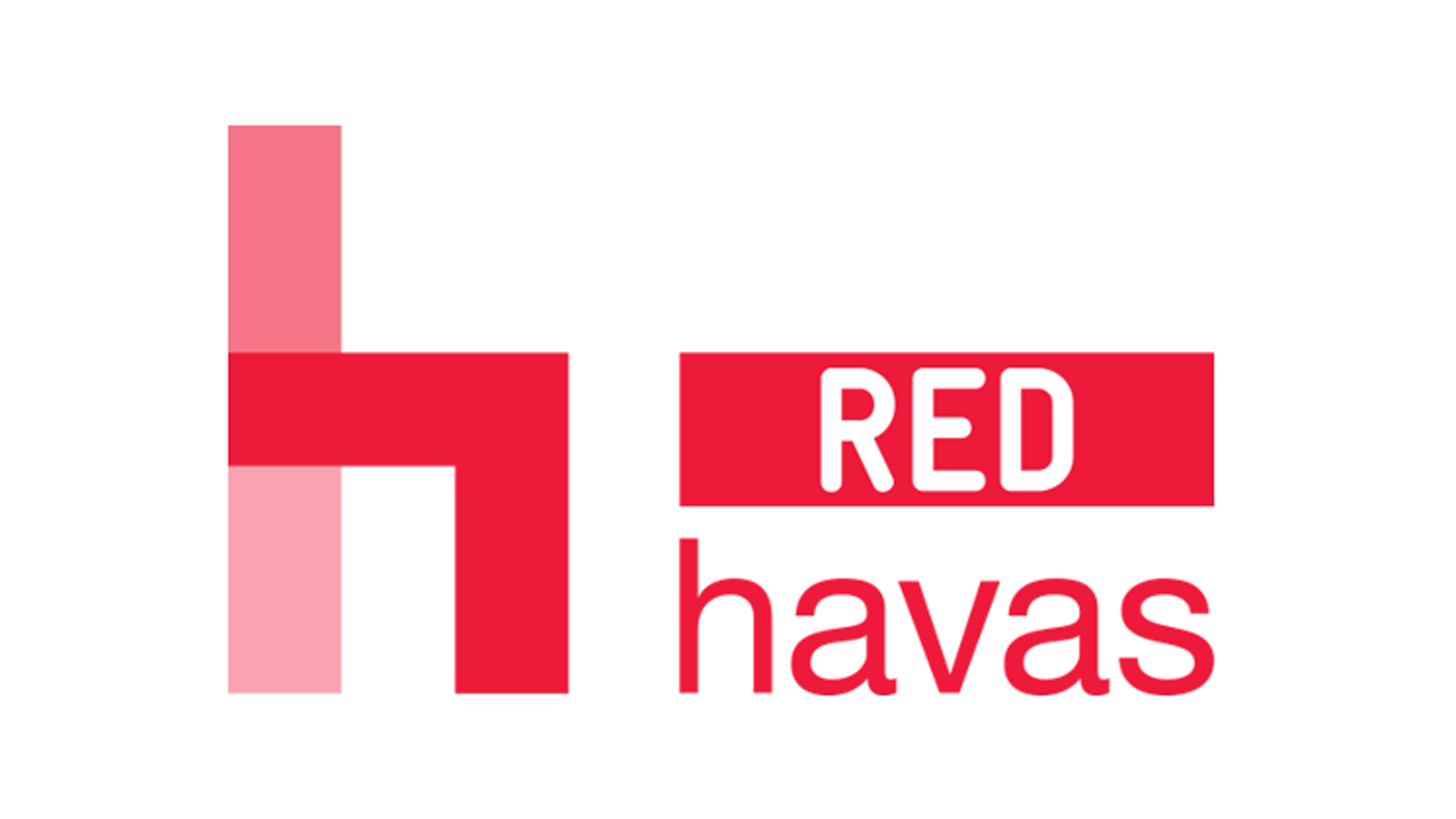Brand safety across Asia Pacific saw a 55% increase in incident rates this year, according to DoubleVerify’s recent Global Insights Report.
Looking ahead, we spoke to Double Verify’s, Jordan Khoo, managing director, APAC on the state of brand safety in the region, how brands can best protect themselves, and what lies ahead with investment in CTV inventory.
What’s the current status of brand safety in APAC and how do you define it?
Brand safety is a rising concern in the APAC region: Incident rates ranged from 3.8% to 10.4% by country, which is significantly higher than in other regions. Overall, DV recorded a 55% year-on-year increase in brand safety incident rates for the region.
Brand safety is a set of guidelines established by the advertiser that define the content against which they are not willing to have their ads appear.
This can include obvious categories, such as pornography or terrorism, but also categories that may not be considered suitable for the brand. The latter varies from brand to brand; for example, a family-oriented brand may want to avoid content about alcohol or smoking, but such content might be acceptable to a beer brand.
Are there any best practices for advertisers to ensure they don’t appear next to objectionable content?
Brands should really scrutinise and own their brand safety controls. There are many tools that advertisers can use to define their brand safety preferences, from avoidance categories and white/black lists, to controls specific to individual environments, such as mobile apps. It’s important to work with a provider that offers granular, custom controls that don’t force you to compromise scale in order to achieve protection.
Are brands taking brand safety seriously enough?
Brands have been increasingly conscious about the need to advertise on safe, accurate, and trustworthy content. Many brands are now facing the pressure from consumers, as brand safety incidents have an adverse effect on consumer sentiment.
According to recent research from Harris Poll and DoubleVerify, 87% of consumers feel that brands bear responsibility for ensuring their ads run adjacent to content that is appropriate. In fact, 2/3 of the respondents would be likely to stop using the brand or product if they viewed an ad next to false, objectionable or inflammatory content.
What’s the best route to protecting your brand?
For advertisers who are engaging in programmatic media buying, it is important to protect your brand throughout the entire process, from pre-bid targeting to post-bid measurement. We would recommend brands to use our Authentic Brand Safety targeting solution, where we deploy a single set of brand safety controls both pre- and post-bid, and then activate that using a single segment across multiple programmatic buying platforms.
By aligning pre- and post-bid settings, brands are covered throughout the entire ad buying process.
Quality advertising seems to be made up of a few components – fraud free, viewable and brand safe – which one should advertisers prioritise and/or how can they make sure their ads meet all quality criteria?
Advertisers should prioritise all components. You shouldn’t have to sacrifice viewability for the sake of brand safety or scale. Every impression should be viewed by a human being in a brand-safe environment, in the right geography.
Source: The Drum





Comment
No comments found.